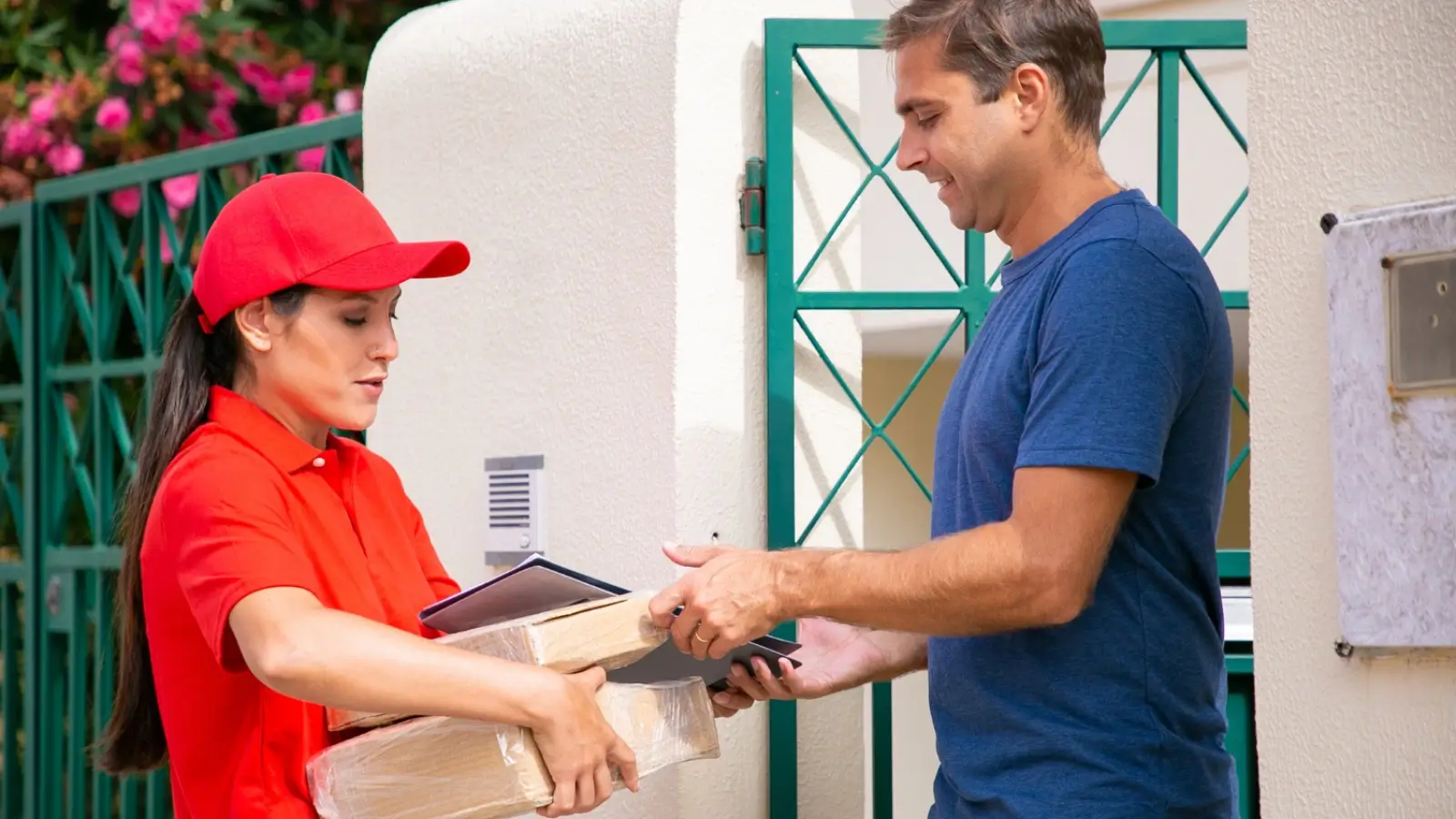


Customers, in today’s time-sensitive landscape, want their orders delivered as quickly as possible, with cost-effectiveness and transparency. The final delivery step, popularly known as the “last mile” has turned out to be the crucial pressure point generating immense operational strain mostly for small businesses. The last mile can be a deciding factor in terms of customer retention and a lost opportunity. The way the goods reach the final destination are being shaped by a wave of next-gen logistics firms, where they bring smart solutions which are budget-friendly for small businesses.
The “last mile” delivery is characterized by its significant complexity and expense. The process that involves the transfer of the products from the local hub to the customer's doorstep is considered to be one of the most expensive parts of logistics. Based on current projections made in certain industry reports, the U.S. last mile distribution and sorting center values up to $41.6 billion in 2025. The market experiences a solid global growth rate, with a CAGR of approximately 9-10%, driven by the surge in online shopping and the same day delivery expectations of customers.
Key Challenges at Last Mile Distribution Centers
Shortage in labor and drivers
Dense traffic congestions
Inefficiencies in Urban logistics
Same day delivery demands
Financial strains on small businesses attempting to meet local demands
These challenges deeply impact smaller businesses by raising their delivery costs and by reducing their pace of fulfillment. This could eventually result in losing their customers to bigger players in the market.
A new wave of micro-logistics startups, aimed at encountering the challenges faced at last mile delivery centers, are stepping in alike for both big and small companies. They are different from the traditional methods in several ways.
Indulging freelance drivers, smart routing and digital platforms have increased last mile delivery center practices. The leveraging of gig economy driver networks make deliveries more effective such as Veho Technologies which operates in several [art so the U.S. metro areas using app based matching for drivers.
The use of real-time data and AI optimization aimed at minimizing fulfillment timelines and reducing transportation costs.
Deployment of micro-fulfillment hubs or local dark-stores in high-demand areas. This is aimed at cutting down travel distances and improving service reliability.
What this means in practice – quicker deliveries, lower and affordable costs and happy customers.
For small businesses, the emergence of micro-logistics is becoming vital as it presents strategic advantages that can reshape fulfillment and customer service. There are several strategic reasons that benefit small businesses.
Competitive edge: Offer a faster and seamless delivery will help in customer retention when competing with big box rivals like Amazon Logistics – especially for sellers in Amazon Marketplace, where fulfillment is a key factor that affects customer ratings.
Cost Control: These offer smarter ways of managing delivery expenses as you don't need to own a delivery fleet yourself.
Scalability: With scalable infrastructure, whether it’s a rush of local orders or repeat buyers, you can ensure more profit with the seamless functioning of these platforms.
Let’s look at a simple roadmap to implement this trend using various strategies:
Audit your delivery needs: Map your delivery footprint accurately – where you ship, what it costs and how well the customer expectations are met.
Identify Scalable delivery partners: Nearby logistics startups should be partnered with, which helps small businesses to stay agile. The key is to understand the delivery zones, cost setup and service.
Measure key KPIs: Cost, timing, satisfaction and loyalty should be mapped accurately as these metrics help small businesses fine-tune their logistics and grow.
Maintain brand control: A third-party delivery shouldn’t feel like a handoff. Your packing updates and tone should still reflect your brand.
Let’s see what can be anticipated by small businesses in the coming years:
Autonomous vehicles and delivery robots: What started as a pilot is now a full-blown rollout. Starship Technologies have initiated a nationwide testing of their delivery robots in the U.S.
Sustainability and electric fleets: The green delivery movement is picking up speed. The use of electric vehicles and bikes is accelerating, promising cost effectiveness and reputational benefits.
Data-driven functioning: The evolution of logistics tech from AI powered predictive fulfillment to smart routing and flexible pricing models is reshaping the last mile strategy.
For small businesses to remain viable in a rapidly evolving market, last mile sorting and distribution centers have shifted from peripheral to essential. Micro-logistics startups are making delivery feel like part of brand experience and a powerful part of the customer journey. Start rethinking your logistics functioning and stay ahead in the market, driving your business to growth. The future is here – it’s time to get on board.